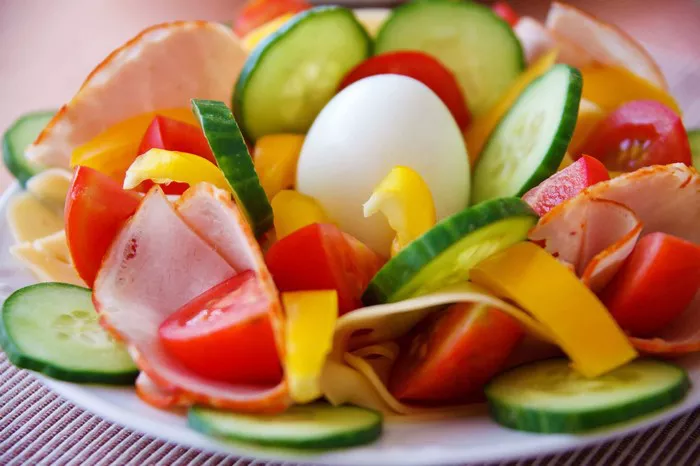Belly fat can be stubborn and frustrating, but with the right approach, you can shed those excess pounds and achieve a trimmer waistline. One of the key factors in losing belly fat is your diet. In this comprehensive guide, we’ll explore the role of nutrition in your journey to a slimmer midsection. We’ll delve into the latest research and expert recommendations to help you make informed choices about what to eat to lose belly fat effectively.
Let’s get started by understanding the fundamentals of belly fat, why it accumulates, and how dietary choices play a pivotal role in its reduction.
1. Understanding Belly Fat
Belly fat, also known as visceral fat, is not just a cosmetic concern. It’s a type of fat that accumulates around your abdominal organs and can increase your risk of various health issues. Here’s what you need to know:
The Science Behind Belly Fat: Visceral fat is metabolically active and can release harmful chemicals into your body, affecting your overall health. Cite studies that highlight the dangers of excess belly fat, such as its link to heart disease and type 2 diabetes.
Why Does It Accumulate?: Explain the factors contributing to belly fat accumulation, including genetics, lifestyle, and hormonal changes.
Measuring Belly Fat: Discuss various methods to measure belly fat, like waist circumference and waist-to-hip ratio, to help readers gauge their progress.
2. The Role of Diet
Your diet plays a crucial role in determining the amount of belly fat you carry. Let’s explore the dietary changes you can make to target this specific area:
Balanced Macronutrients: Explain the importance of a balanced diet that includes lean proteins, healthy fats, and complex carbohydrates. Provide examples of foods within each category.
Fiber-Rich Foods: Highlight the benefits of fiber in promoting satiety and reducing calorie intake. List fiber-rich foods, such as fruits, vegetables, and whole grains.
Protein Power: Discuss the role of protein in boosting metabolism and preserving lean muscle mass. Suggest sources of lean protein, like poultry, fish, and legumes.
Healthy Fats: Explain the difference between healthy fats (e.g., avocados, nuts, and olive oil) and trans fats (found in processed foods) and their impact on belly fat.
3. Mindful Eating Habits
Eating habits matter just as much as the food itself. Encourage readers to adopt mindful eating practices:
Portion Control: Discuss the importance of portion sizes and provide tips for recognizing appropriate portion sizes.
Slow Eating: Explain how eating slowly can help prevent overeating and aid in digestion. Offer strategies to slow down mealtime.
Hydration: Emphasize the role of water in weight loss and suggest drinking water before meals to reduce calorie consumption.
4. Foods to Target Belly Fat
Certain foods are known for their belly-fat-burning properties. Provide a list of foods that can specifically help in this area:
Berries: Explain how antioxidants in berries can aid in weight loss and overall health.
Green Tea: Discuss the benefits of green tea in increasing metabolism and burning fat.
Probiotic-Rich Foods: Explore how a healthy gut microbiome can contribute to weight loss and mention foods like yogurt and kefir.
Spices: Introduce spices like cinnamon, ginger, and turmeric that have potential fat-burning effects.
5. Common Mistakes to Avoid
Help readers steer clear of common pitfalls that hinder their progress:
Processed Foods: Warn against the consumption of processed foods high in added sugars and trans fats.
Crash Diets: Explain why crash diets are ineffective and often lead to weight regain.
Lack of Exercise: Stress the importance of combining a healthy diet with regular physical activity for optimal results.
Conclusion:
In conclusion, losing belly fat is not just about looking better; it’s about improving your overall health and reducing the risk of chronic diseases. By understanding the science behind belly fat, making smart dietary choices, and adopting mindful eating habits, you can take significant steps toward achieving your weight loss goals. Remember, consistency and patience are key.























